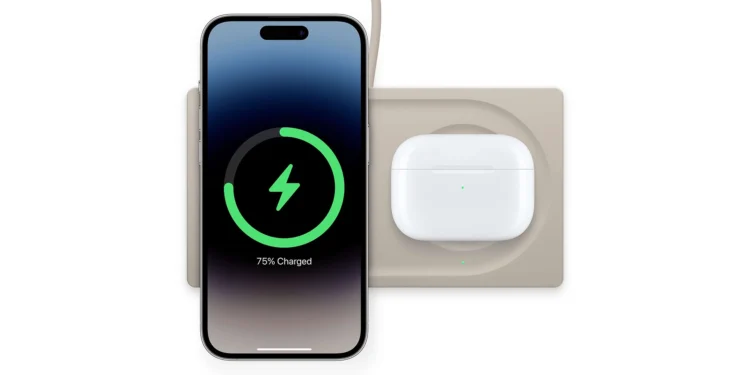Apple’s journey with wireless charging has been one of gradual but noteworthy innovation. The company’s latest endeavor appears to be taking a significant step forward with the potential inclusion of wireless reverse charging in the upcoming iPhone 17 Pro. This feature, which allows a smartphone to act as a charging pad for other devices, has been part of the Android ecosystem for some time but has eluded iPhone users until now.
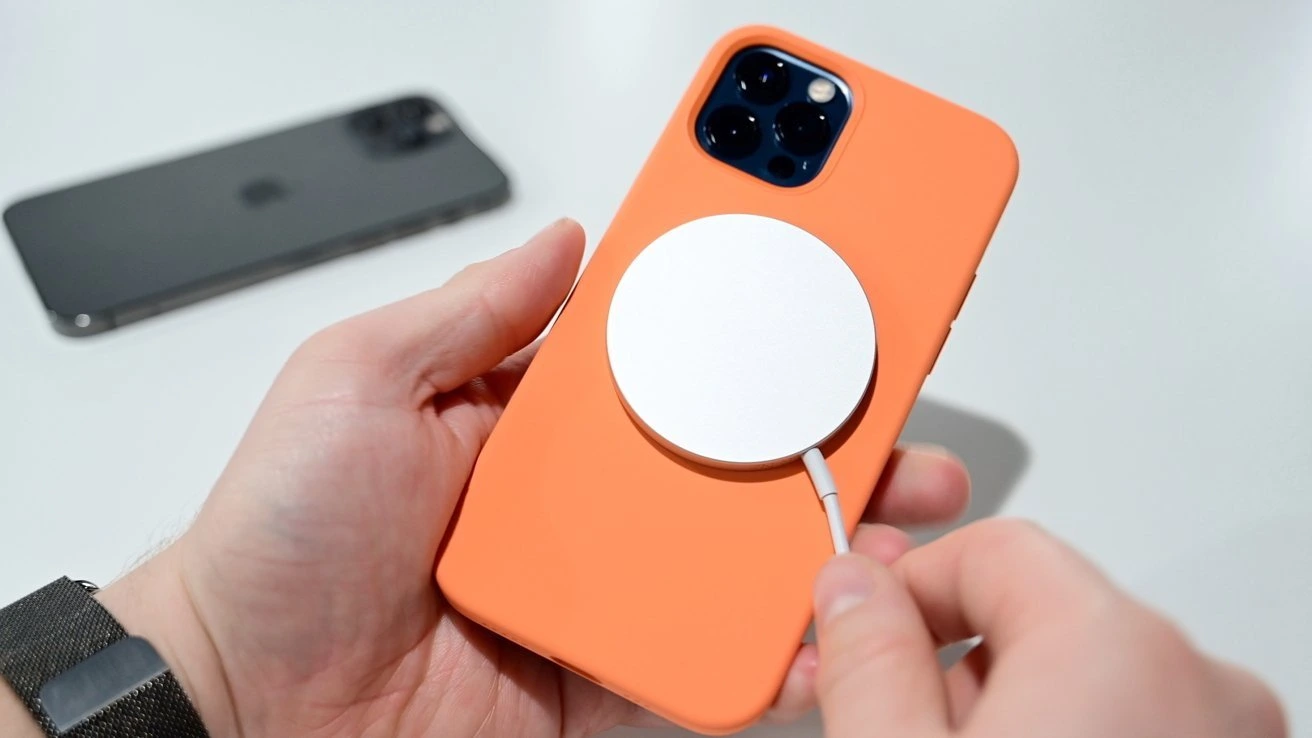
Testing the Waters with iPhone 17 Pro Prototypes
Recent leaks and insider reports suggest that Apple is not just playing catch-up but is poised to redefine wireless charging capabilities in its future models. Prototypes of the iPhone 17 Pro are currently being tested with an advanced version of this technology, aimed at enhancing user convenience and expanding functionality beyond traditional charging methods.
Wireless Reverse Charging: How Does It Work?
Wireless reverse charging utilizes the phone’s built-in wireless charging coils, enabling them to charge other devices such as AirPods, the Apple Watch, or even another iPhone. This feature is particularly useful in situations where power outlets are scarce, or when carrying multiple chargers is impractical. Android manufacturers like Samsung, Xiaomi, and Google have incorporated this feature into several of their models, highlighting its utility and popularity among users.
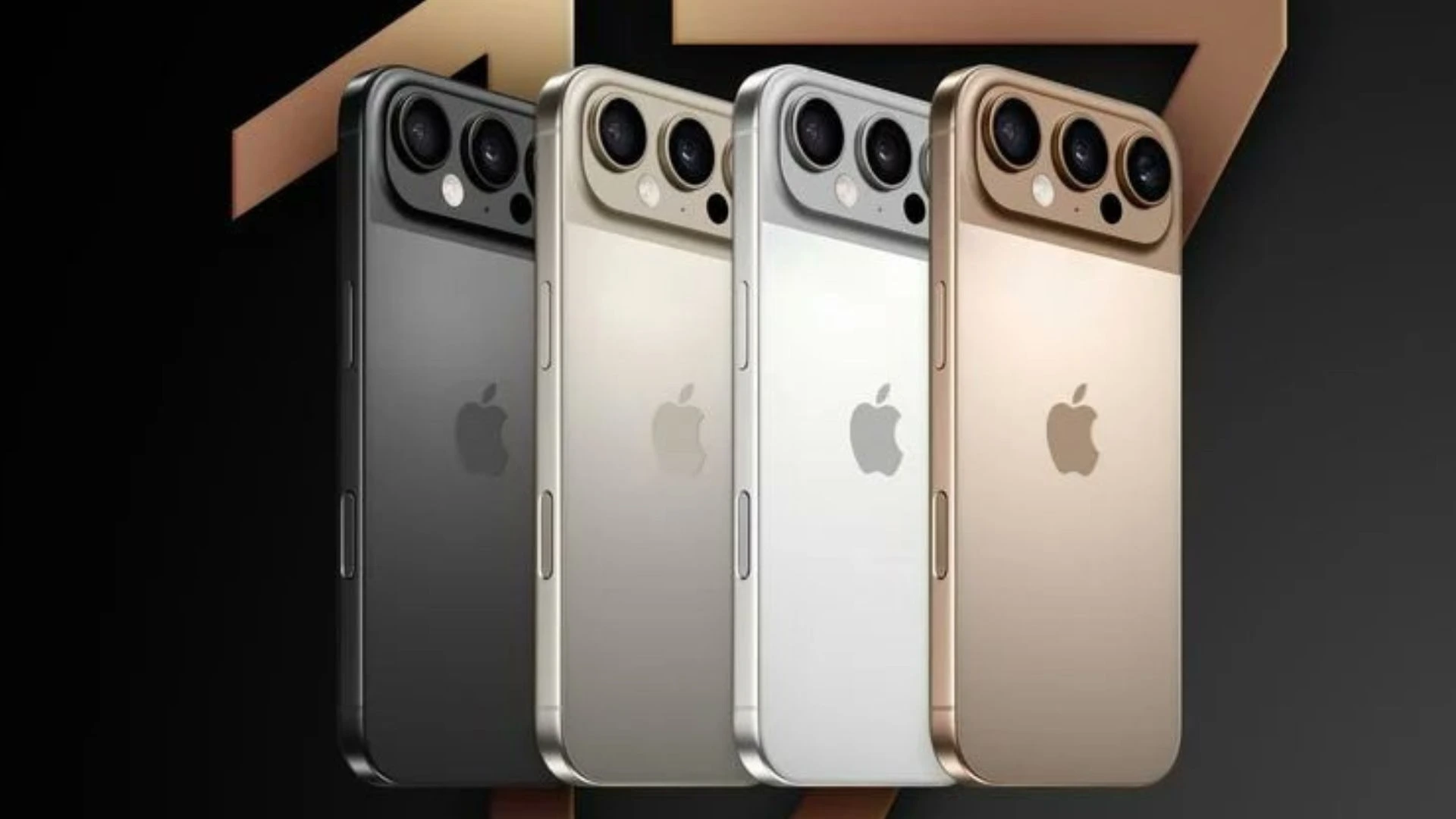
A Brief Look at Apple’s Past Efforts
The roots of this technology in Apple’s ecosystem trace back to the iPhone 12, which was equipped with the necessary hardware for wireless reverse charging. However, it was only partially activated to support accessories like the MagSafe Battery Pack, with broader capabilities left dormant. The reasons behind Apple’s restrained approach remain a topic of speculation and curiosity.
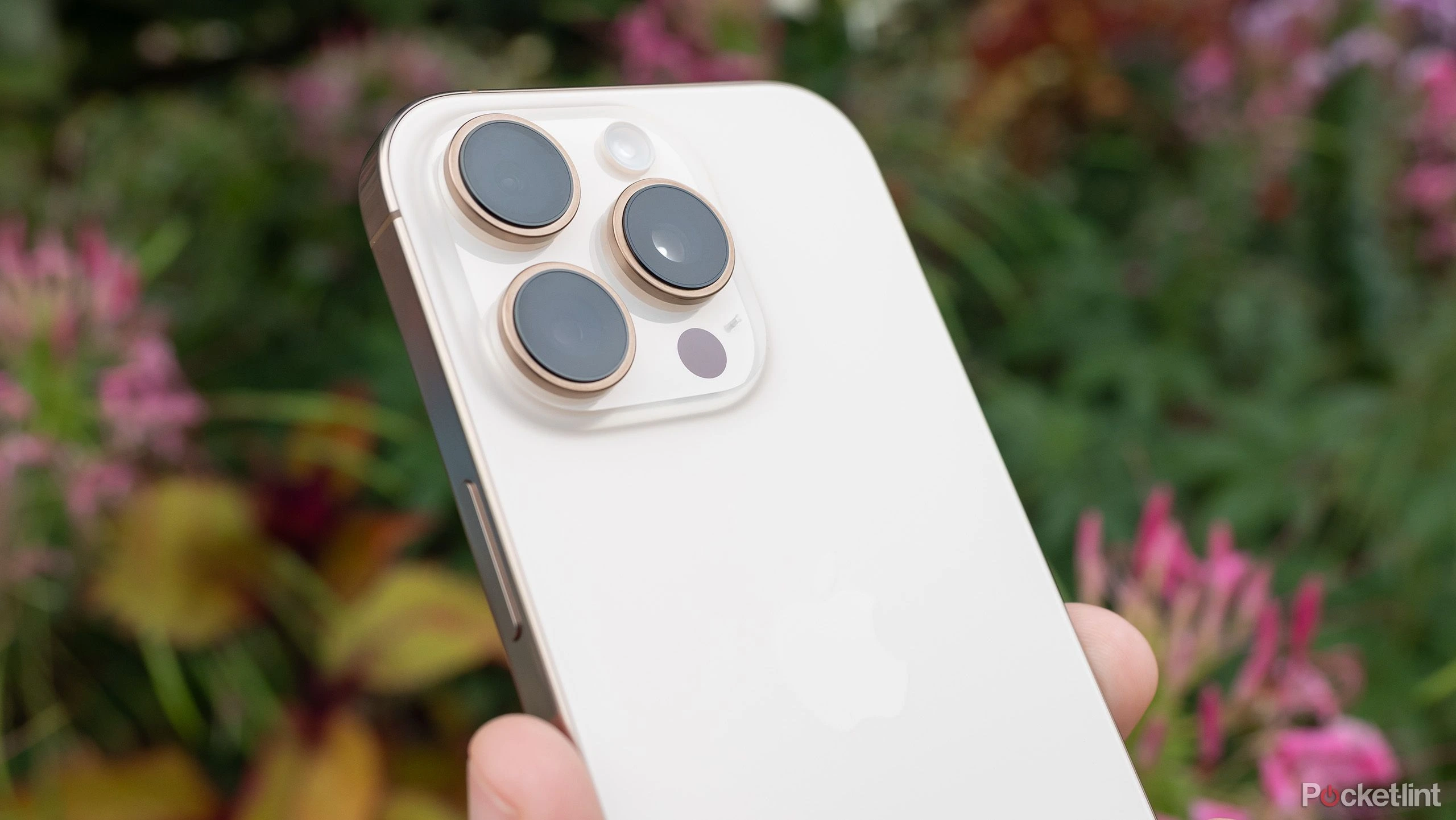
Pushing the Boundaries with New Innovations
Our sources from 2023 hinted at Apple’s ambitions to perfect this technology, initially targeting the iPhone 14 as the launch model. Although this timeline has shifted, the ongoing development signals Apple’s commitment to not only match but surpass its competitors in this space.
One critical aspect of this development is the management of charging speeds and efficiency, including heat dissipation—a technical challenge that Apple seems determined to master. Furthermore, Apple is rumoured to be enhancing the user experience with a specialized interface for reverse wireless charging. This interface might include intuitive on-screen animations and distinct sound effects to guide users through the process, making it as seamless as using Apple’s current MagSafe technology.
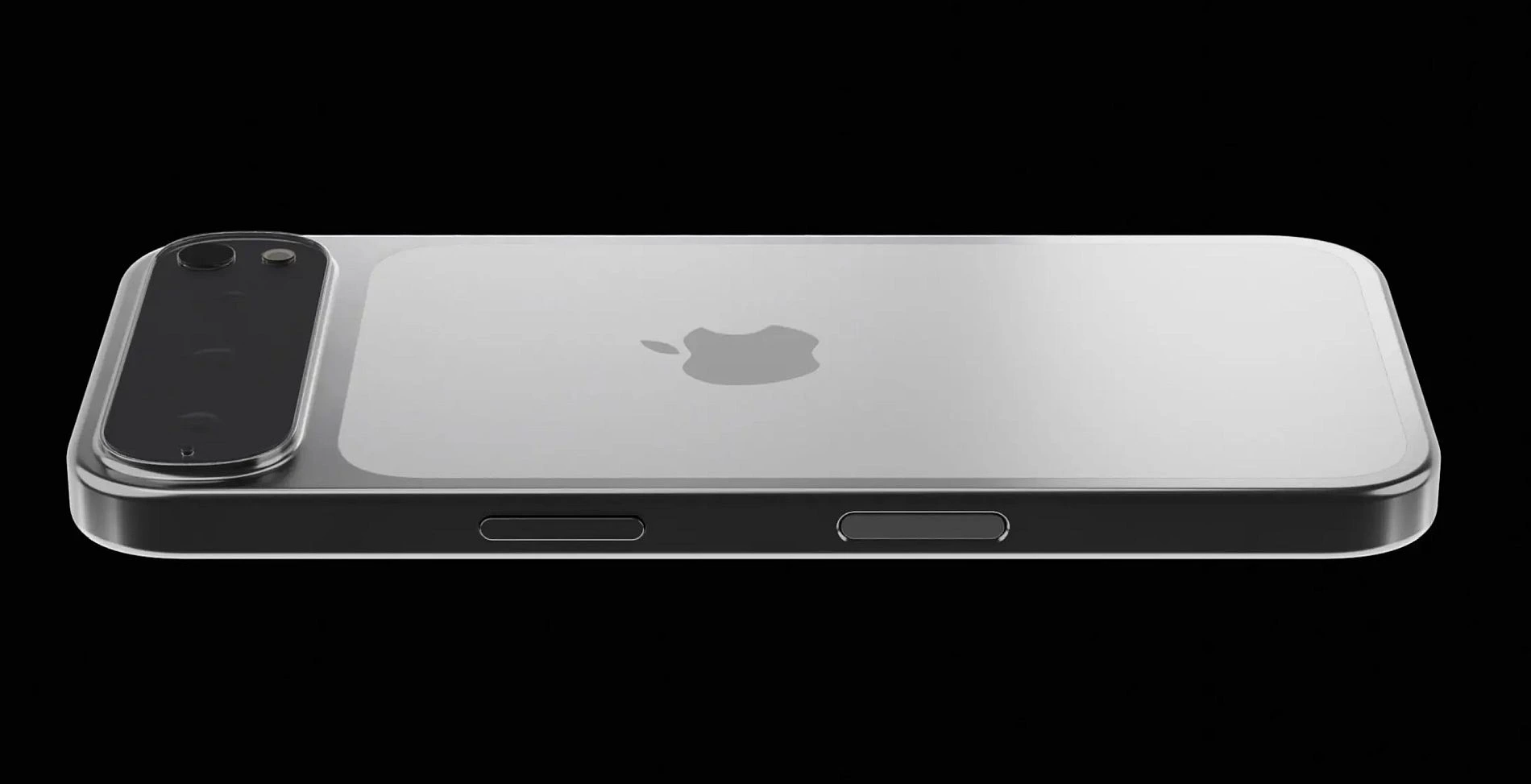
As the smartphone market continues to evolve, Aplep’s investment in advanced wireless reverse charging could set a new standard for mobile technology. With the iPhone 17 Pro possibly leading the charge, the future of mobile convenience looks bright, potentially transforming the way we power our devices on the go. This feature not only promises added functionality but also aligns with the growing demand for greater integration and smarter technology solutions in our daily lives. As always, Apple seems to be looking not just to participate in the market trends but to create them.

